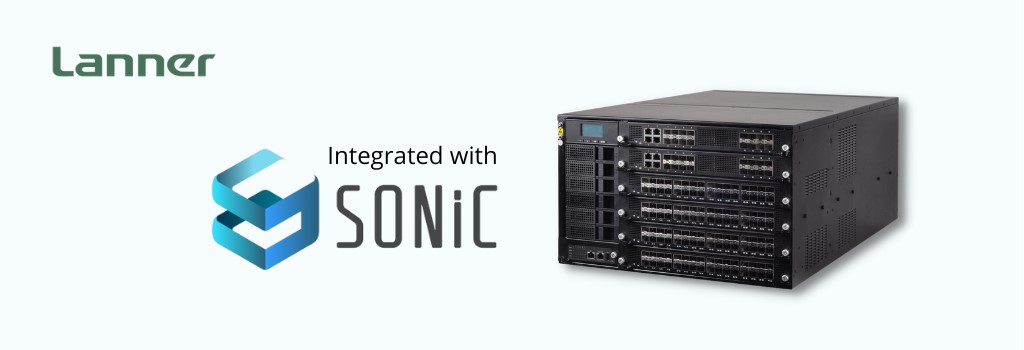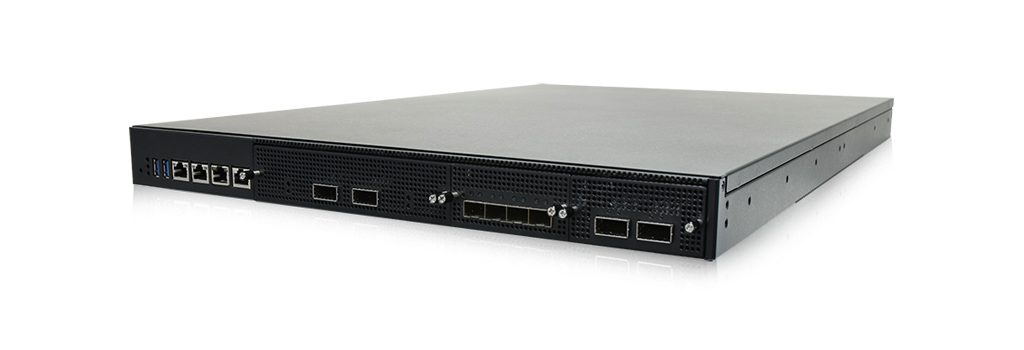When network operators build new wireless networks, the Radio Access Network (RAN) is usually the one that accounts for most of an operator’s capital expenses (CAPEX). The main reason for this higher CAPEX is generally due to the need for a massive amount of infrastructure and resources.
Since the beginning, RAN has been based on a monolithic architecture, where most interactions would happen between physical “proprietary” boxes, and very few, between logical nodes.
Now, the Open RAN or also referred to as O-RAN came to revolutionize how different components within radio and baseband units communicate and collaborate. The industry standards including Open RAN, V-RAN (Virtual RAN), and C-RAN (Cloud-RAN) are turning the traditional expensive and rigid RAN into a fully flexible, scalable, centralized, and cost-efficient solution.
The RAN’s Equipment Footprint.
From the beginning, RANs have always worked using a monolithic architecture, where its components would only work under a single unified unit— a few proprietary “hardware” boxes connected with each other.
The distributed units of a 3G or 4G RAN are usually composed of the Remote Radio Unit (RRU) or Remote Radio Head (RRH) and the Baseband Unit (BBU), which can be connected using an outdoor (CPRI) fiber. For instance, in NodeBs used for 3G (UMTS) and eNodeBs used for 4G (LTE), hardware-based BBU’s are usually placed as close as possible to the radio unit. Most of the time, this baseband unit is placed inside a cabinet at the foot of the radio tower. This proximity of the RRU and BBU ensures a low loss, more security, and speed. In addition, one higher capacity BBU can be connected (front-haul) to multiple RRHs and connect (backhaul) to the core network.
But as a mobile network grows, all this equipment footprint tends to increase cost and maintenance. When more equipment is deployed out there, the network becomes more rigid and it requires more money and human resources to maintain it.
The architectural evolution of baseband and radio resources.
The idea to separate the RAN components including Radio Units and Baseband Units is nothing new. The efforts to turn away from rigid and expensive monolithic RAN architectures (source) started with the practice of connecting RRHs to BBUs via long CPRI backhauls. This practice has been widespread, especially with Femtocells and Microcells deployments, where the flexibility and cost-efficient radio resources were almost mandatory.
Thanks to all these efforts, the BBU doesn’t have to be deployed on-site (i.e., cell tower) but rather on a closeby operator’s network. This “remote RAN” was a big step towards making the entire RAN more centralized, and this is when C-RAN was born.
Centralized and virtualized RANs.
C-RAN gets its name from its four C’s for a “Clean, Centralized processing, Collaborative radio, and a real-time Cloud Radio Access Network.” C-RAN is a centralized cloud-based computing architecture designed for RAN. It supports all mobile network generations, including 2G, 3G, 4G, and especially 5G.
Centralized RANs help consolidate the baseband functions on a smaller number of sites across the entire mobile network. So, if a baseband unit is centralized, it can also be virtualized (and containerized), which is where the idea of Virtual RANs (V-RANs) started.
V-RANs can run as a software instance on top of generic hardware. This virtualization allows hardware/software components to be provided by different vendors.
V-RAN in 5G Rollouts.
These efforts to split the traditional baseband (BBU) functions beyond the Radio Unit (RU) were pushed even more during the earliest phase of the 5G New Radio (NR).
An example is Orange Poland, which (as of Jul 2021) continues its 5G rollouts by testing its new cloud-based radio access network. Their radio sites are controlled by a virtualized baseband unit, deployed in a 70-kilometer remote data center, and connected (BBU-to-RRU) front-haul via Ethernet transport media.
This case proves that rather than using a closed hardware/software single vendor with a proprietary box to run the baseband functions, commercial-off-the-shelf hardware can be deployed to run open and virtualized baseband functions.
Introduction to the Open RAN.
Open RAN (O-RAN) is the foundation for building a virtual RAN deployed on open hardware and cloud. O-RAN was designed with cloud-native virtualization (V-RAN) principles and technologies to solve the lack of an interoperable and flexible structure. Its interoperability would help network engineers to combine units from different vendors, as it makes components (the hardware, software, cloud, or virtual) interoperable.
To optimize the performance and achieve a balance between two often incompatible components, Open RAN allows engineers to choose which unit should be deployed to which operation. It gives the network engineer the option to place Virtual Network Functions (VNF) across different components across a single path. This action is known as the functional split. Although the functional split was introduced in 5G NR, it can also be applied to older generations like 2G, 3G, and 4G.
What is not OpenRAN?
It is important to note that the Open RAN concept is not the same as Open V-RAN or V-RAN. With Open RAN, not all radio networks would need to be fully virtualized. Many radio units may still remain and be fully operational as specific standard hardware products. But Open V-RAN and V-RAN depend fully on virtualization and one is open while the other is not.
The Benefits of Open RAN.
Aside from the benefit of interoperable RAN components, Open RAN also provides the following benefits:
- Flexibility. Disaggregating RAN components provides flexibility. Network operators can decide how, when, and where to deploy these network functions. In addition, to which hardware/software solution to apply.
- Scalability. In addition to the flexibility, the Open RAN architectures would also provide more scalability. Since hardware, software, and virtual components are interoperable, network engineers can mix and match different RAN components as network functions and grow as needed.
- Centralization. Centralizing the baseband resources in the operator’s network allowed virtualization. Instead of having tons of BBUs deployed on a data center for every RRU (antenna site), network operators can use virtualized BBUs (vBBUs) running on generic hardware. Resource centralization allows network operators to reduce their hardware footprint.
- Cost Savings. When network operators want to decide how, where, and when to deploy these network functions, and at the same time, improve the performance, they would go for an open “disaggregated” architecture. Open software deployed on generic hardware would ultimately reduce equipment footprint and decrease their OPEX and CAPEX.
Open RAN Solution.
To provide a functionality split, the Open RAN architecture uses the Radio Units (RU) concepts, known as Central Unit (CU) and Distributed Unit (DU).

The Open RAN functional split architecture is fully virtualized, so the CU and DU functions can run as virtual instances deployed on standard Commercial-Off-The-Shelf (COTS) hardware. This virtualization allows multiple and different CU and DU functions to share the same hardware and to be deployed in any RAN-based datacenter. DUs and RUs may also run as VMs or containers.
- For DU in a 5G Open RAN: The 1U rack-mountable Lanner NCA-4020 is an Open RAN appliance. It provides optimal network performance and can run multiple Virtual Network Functions (VNF).
- For CU in a 5G Open RAN: Lanner’s HTCA-6200 can be used as a carrier-grade MEC appliance. The HTCA-6200 can deliver the right degree of performance and time synchronization that mobile wireless communications require.








